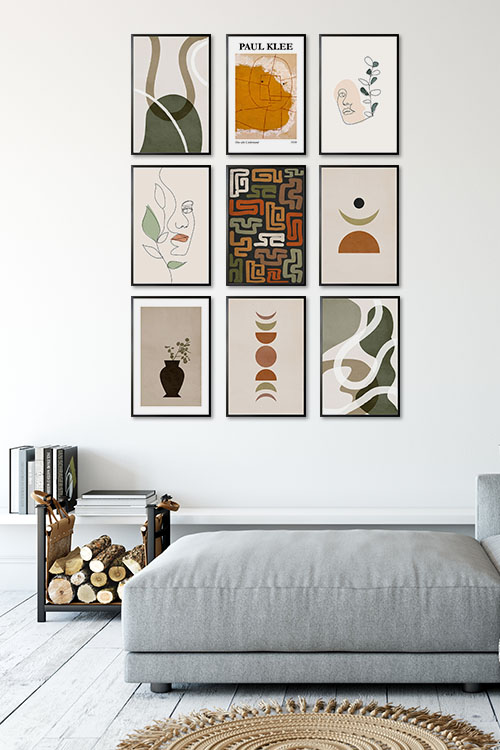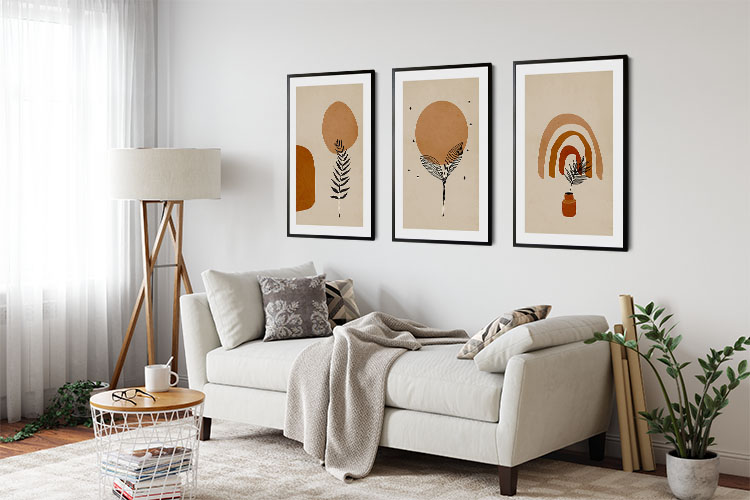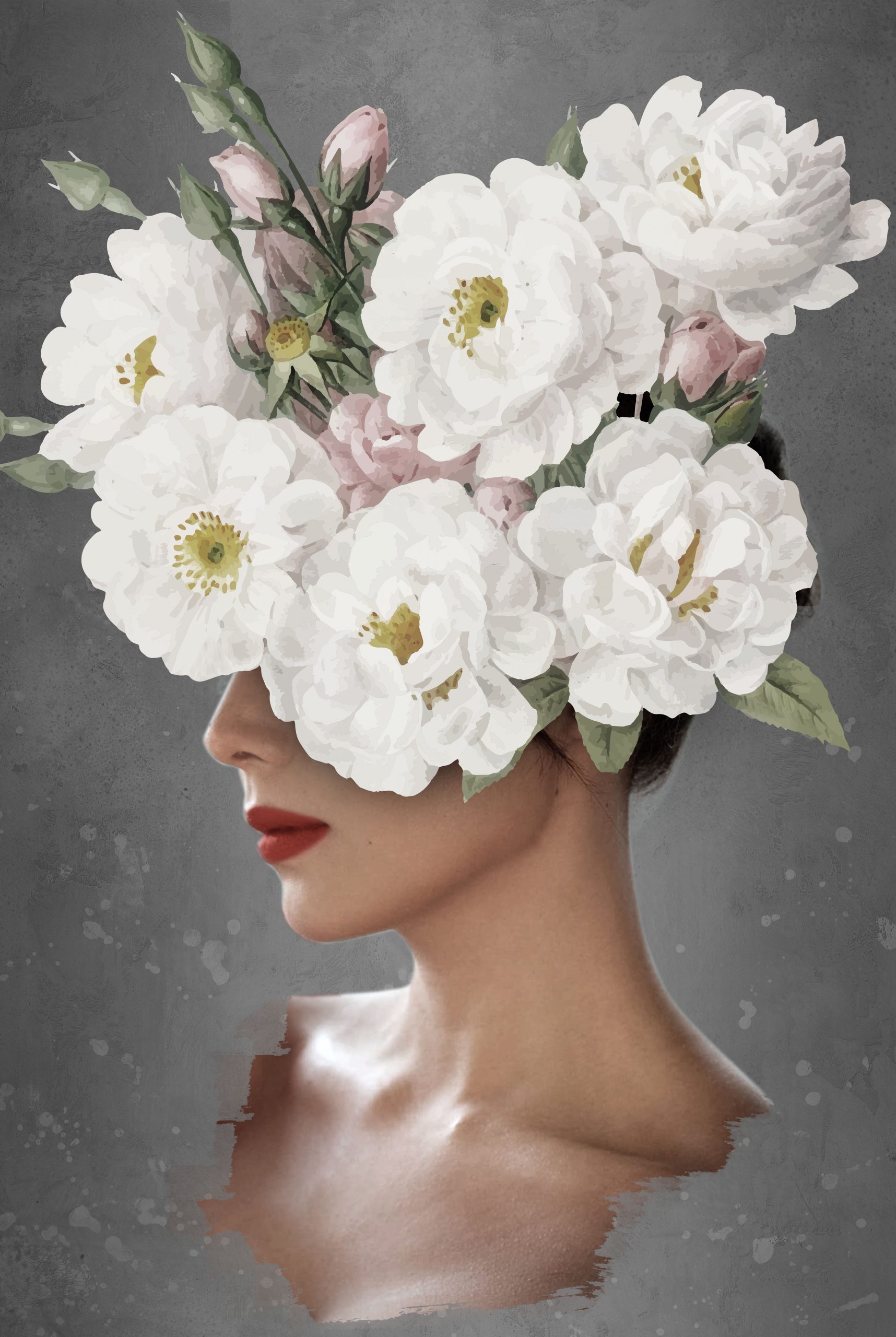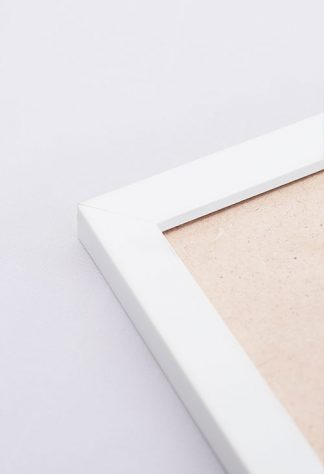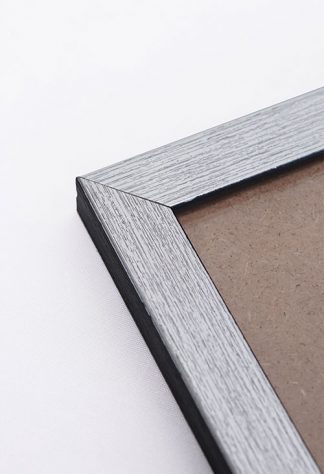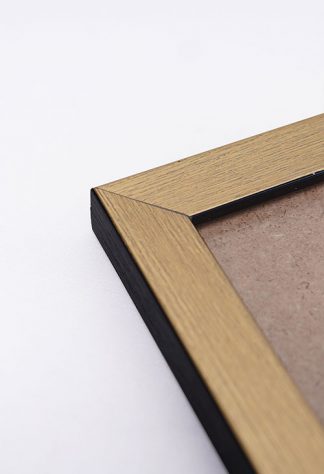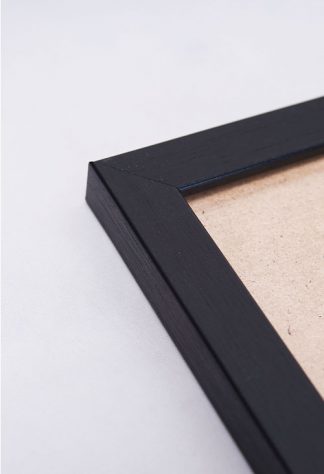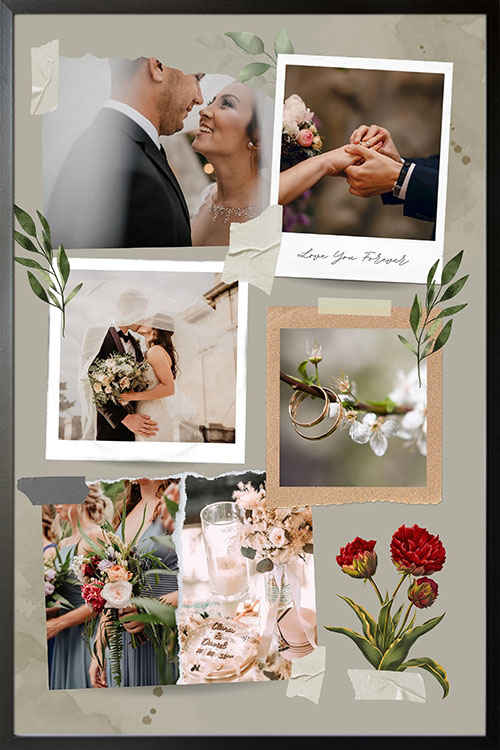
We have seen and appreciated posters over the years. In the past, posters were used as an advertising or marketing tool. However, we have witnessed its evolution, and posters have been used differently. For instance, they are used in schools as a visual aid, as wall decor, to create wall galleries, and others. The great news is posters can be used and personalized according to your needs. Think out of the box and break the tradition of beautifying walls with customizable prints. Read on and know why personalized posters are better when decorating the walls and gift-giving.
A brief history of posters
Posters are one of the earliest forms of advertisement and were developed for visual communication in the 19th century. This concept influenced the development of typography and lithography since posters need to be read by the public from a distance.
Posters were used to promote ideology, recruit soldiers, promote products and services, and inform the public about any idea. Posters were used to promote ideology, recruit soldiers, promote products and services, and educate the public about any idea. Posters are widely used in various industries, mainly interior and design.
The beauty of traditional prints
We have loved posters and have been captivated by their beauty. Many poster shops offer prints in various designs. In artdesign.ph, posters come in different themes and designs to complete your wall. Say goodbye to plain walls as trendy prints offer the much-needed transformation of your home. Some posters will enhance your interior design style if you plan to create a minimalist room. Black and white posters and soft-toned prints will help you complete this project. Adding posters to your rooms can likewise help set the mood and atmosphere. Add pops of colors easily in the living room, kitchen, or dining room with posters, and these rooms will have a fun and exciting appeal.
Posters as a fantastic gift idea
Every year we celebrate different events with our friends and loved ones. Sometimes choosing the perfect gift may be a hassle. If time is a constraint, you can select posters as gifts for your loved ones. There are different designs to choose from, and posters of art and classic paintings can be given to art lovers. Personalized posters are a unique gift idea since you can customize the print according to your preference.
Be unique with personalized posters
Personalized posters make your walls look fantastic. Give them to friends and loved ones and make your day memorable. Add personalized posters in your rooms, and you can easily create a focal point that will draw the viewers’ attention. Customized prints have beauty as the design is carefully planned and printed. Get the said prints from poster shops like artdesign that can give excellent quality prints.


